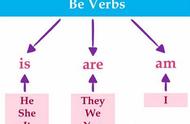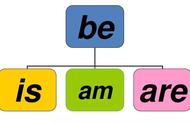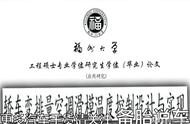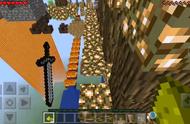be是英语动词中比较特殊的一类动词,其使用频率很高,牵涉到各种句型、时态和语态等用法,今天就跟大家分享一下be动词的各类用法。
作为系动词(也叫连系动词,link verb)的be,是英语学习者接触最早的用法,而且其用法也很多。其基本含义为“是”,基本用法结构为“主语 be 表语”,也就是我们常说的主系表结构,其中的表语一般都由名词、形容词、数词或表地点、时间等的短语来充当。
系动词be有各种时态的变化,也会和情态动词连用。
(一)be的时态变化系动词be会有一般现在时、一般过去时、一般将来时、现在完成时、过去完成时等的时态变化。如:
He isa student.
They werein the park yesterday.
It will be cloudy tomorrow.
He has been ill for six days.
It had been three hours before she left the hat shop.

其用法为:情态动词 系动词be原形。如:
It must be Lucy's book. Her name is on the cover.
It can be very difficult for us to memorize too many words within such a short time.
She should be here on time tomorrow.
更多有关系动词的用法,大家可以戳这里:

作为助动词,be没有具体含义,而是与主要动词一起构成句子的谓语动词。这种情况下,be主要用来构成进行时和被动语态。
此时,be可以与主要动词的现在分词一起,构成各种进行时态。如:
He is reading in the library now. (现在进行时)
She wasswimming in the river this time yesterday. (过去进行时)
They will be arriving in Beijing tomorrow. (将来进行时)
We have been learning English for ten years. (现在完成进行时)

助动词be能够与主要动词的过去分词一起构成被动语态,即be done结构。如:
Chinese iswidely used around the world nowadays.
The window wasbroken by the naughty boy just now.
Your watch has already beenrepaired.













